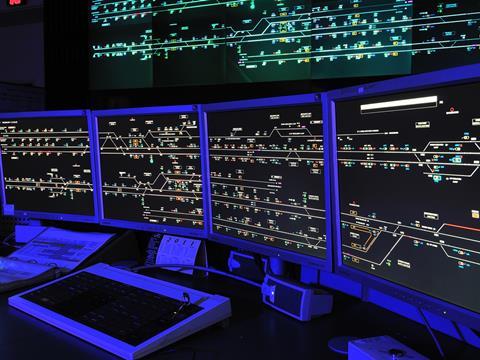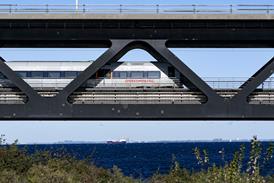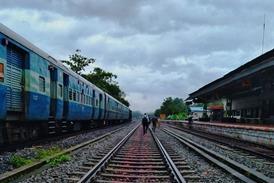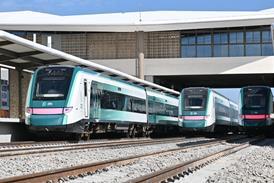
UK: February 23 marked 10 years since the last passenger or staff fatality in a train accident on Great Britain’s national rail network.
While there have been fatalities from other causes including trespass and suicide and at level crossings, the last occasion when a passenger died in a derailment or collision was at Grayrigg on February 23 2007.
Safety body RSSB said the absence of major accidents in the past decade had made it easier for the industry to sustain its focus on areas where risk needs to be managed, such as level crossings and the platform-train interface. 'By remaining vigilant and avoiding complacency, the railways have maintained a methodical and targeted approach to managing risk and improving safety’, said Director of System Safety, George Bearfield. ‘Stronger trains, better signalling and protection, and day-to-day dedication of rail staff have all played their part too.’
RSSB’s Safety Risk Model shows that the fatality risk to passengers from train accidents has fallen by 87% since 2000, from 2·45 to 0·33 fatalities per 10 billion passenger-km. The number of incidents which have the most potential to lead to serious accidents, including trains striking objects and derailments, has fallen from 45 in 2007 to 17 in 2016.
'This unprecedented 10-year respite does not, of course, mean that train accidents are consigned to history’, said Bearfield. ‘It is still possible for accidents involving trains, or vehicles like trains, to happen, as shown elsewhere. We have seen major accidents overseas in recent months, and also the major tram accident in Croydon in November last year. The railways' safety performance is maintained through continual learning and industry is ready to learn any relevant transferable lessons for the main line railway in Britain.’
| Train accidents where passengers or staff lost their lives | |
|---|---|
| Period | Number of accidents |
| 1967-1977 | 45 |
| 1977-1987 | 28 |
| 1987-1997 | 18 |
| 1997-2007 | 9 |
| 2007-2017 | 0 |
| Years running April-March; 2017 up to February 23 | |




















